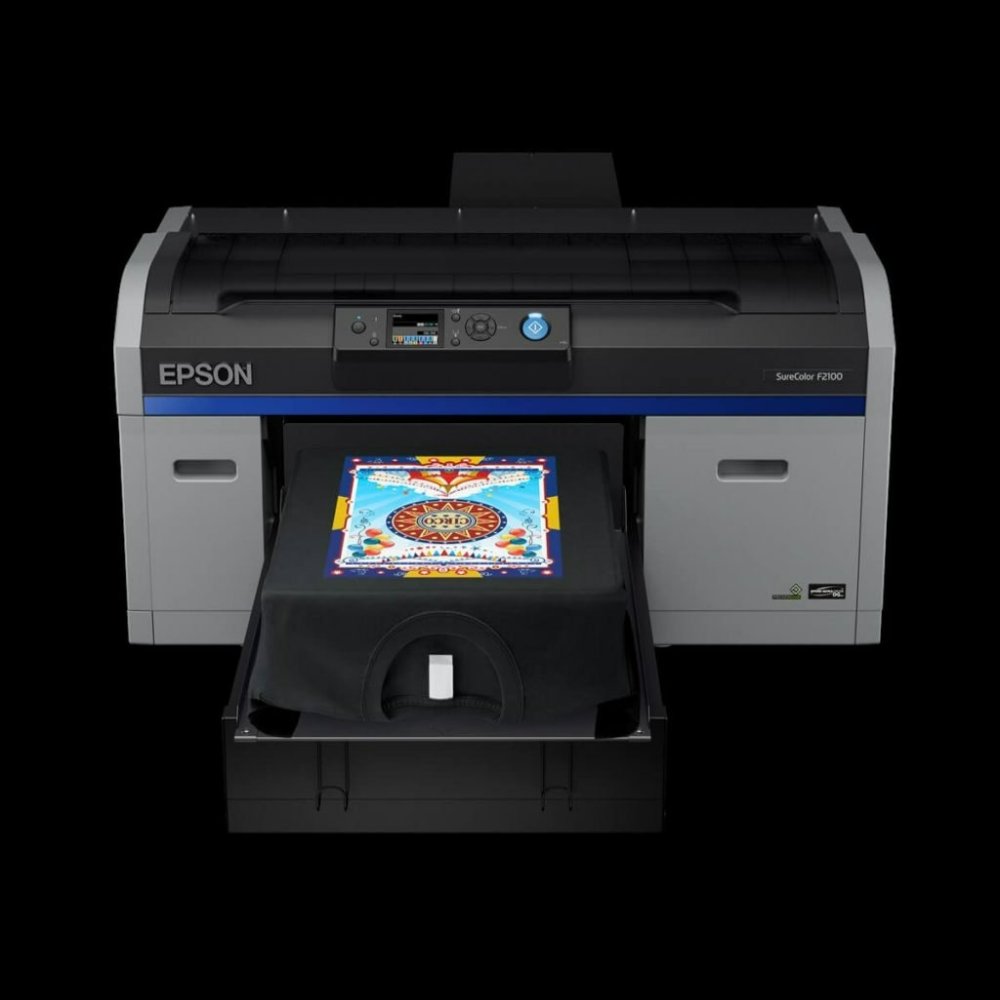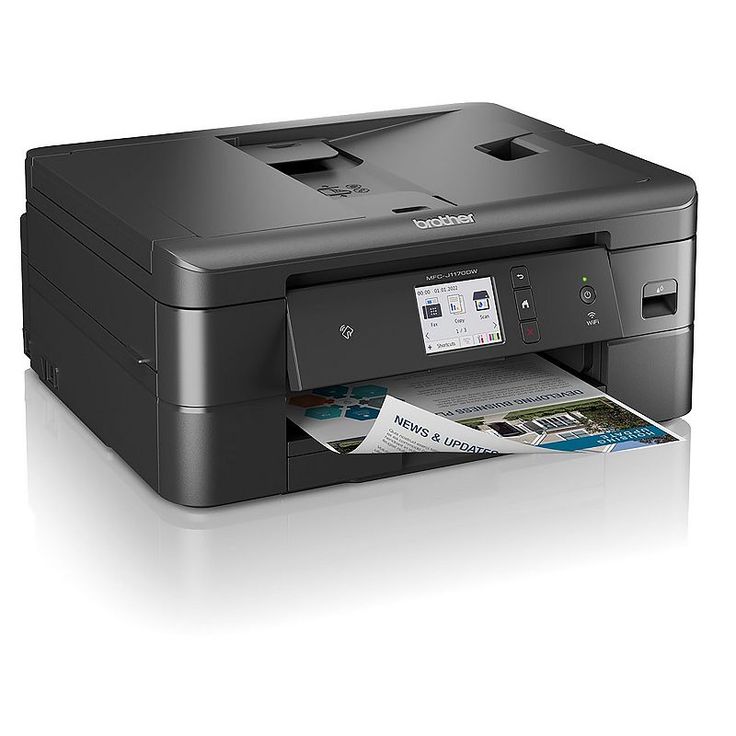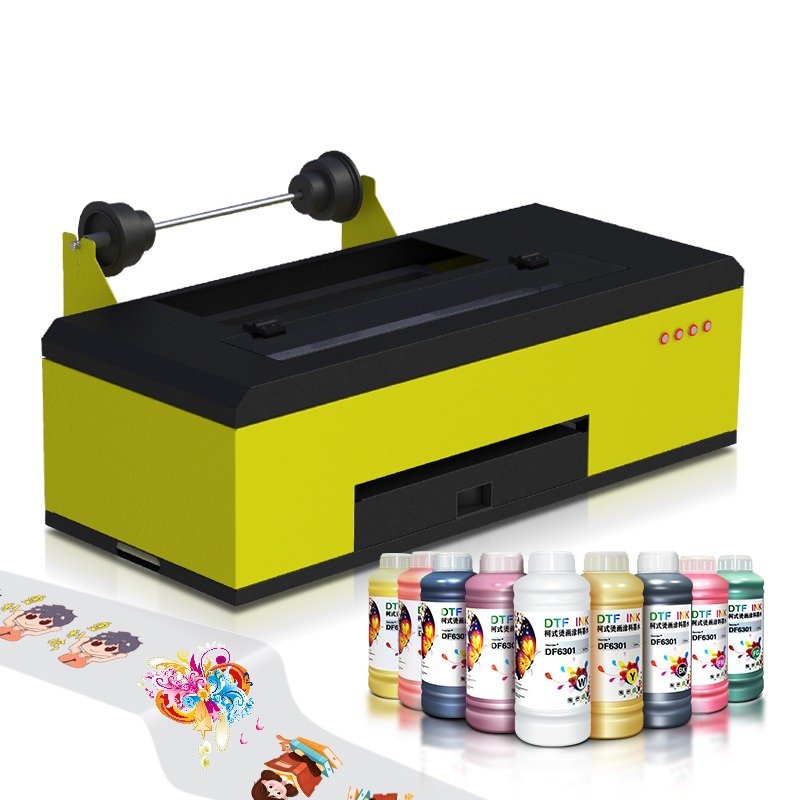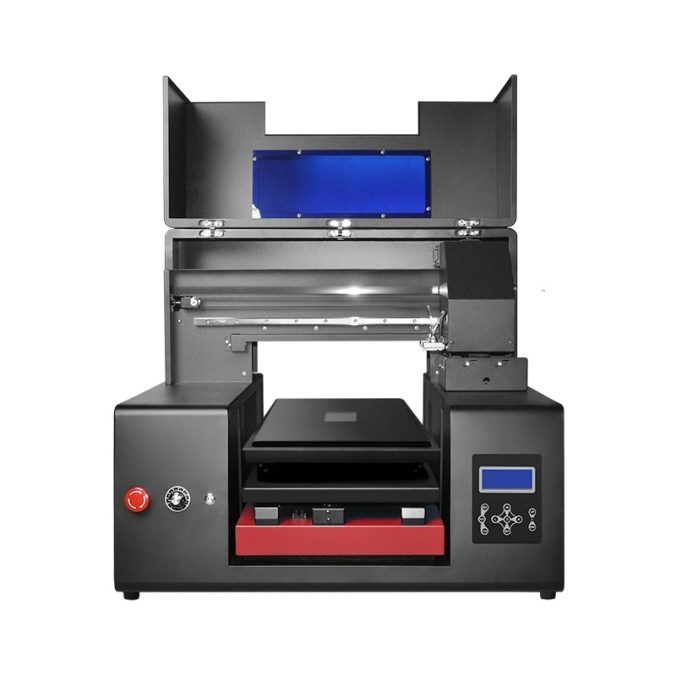Introduction
Dealing with printer spooler issues can be frustrating and confusing. This guide aims to demystify the print spooler and offers a pathway to resolution when things go awry.
Definition of Print Spooler
A print spooler is pivotal software within your computing environment. It’s responsible for managing and organizing documents you’re trying to print.
Importance of Print Spooling in Printing Process
Print spooling is critical for an efficient and orderly printing process. It allows printers to handle multiple jobs by placing them in a queue and executing them one by one.

Common Printer Spooler Problems
Addressing common printer spooler problems can enhance your printing experience significantly. Recognizing specific issues early helps prevent larger malfunctions.
Spooler Error Messages and Their Meanings
Printer spooler error messages can seem cryptic without a proper understanding. Common errors include ‘Printer spooling but not printing’, indicating documents are processing but not executing. Another typical error, ‘Error 1068: The dependency service or group failed to start,’ suggests that essential services for the spooler are malfunctioning. Learning these signals can help you diagnose issues faster and more effectively.
Reasons Behind Stuck Print Jobs
Print jobs might get stuck for several reasons, often leading to frustrating delays. A primary reason is a connection failure between the computer and the printer. This disconnection can halt the transfer of data necessary for print job completion. Another factor is overloaded print queues, where too many tasks can prolong each job’s spooling phase. Identifying these causes is crucial for troubleshooting and ensuring smooth operation.
How Print Spoolers Work
Understanding how print spoolers function is crucial for tackling printer issues effectively.
The Role of Print Spoolers in Printing
Print spoolers manage the printing process by organizing documents in a queue. When a print command is given, the document doesn’t go directly to the printer. Instead, it goes to the spooler. The spooler sorts this document among others waiting to be printed. This system ensures the printer handles one job at a time, maintaining order and efficiency.
Print spoolers act like traffic controllers for your print jobs. They tell the printer when a document is ready to print. They also hold upcoming jobs if the printer is busy. This setup prevents job collisions and supports continuous printing without manual intervention.
Understanding the Spooling Queue System
The spooling queue system is a first-come, first-served mechanism. Documents you send to print line up in the spooler’s queue. Each document waits its turn until the ones ahead have been fully printed.
This queuing system is especially beneficial in busy environments. Places like offices or educational institutions often have multiple print requests. Without spooling, printers would jam or print documents incorrectly. The spooler’s ability to manage the sequence and timing of print jobs prevents these issues.
By understanding the spooling queue system, users can better manage their document workflows. This knowledge also aids in troubleshooting common printer issues related to spooler errors.

Troubleshooting Spooler Errors
When your printer spooler acts up, it’s crucial to know how to get back on track.
Initial Steps for Troubleshooting
Before diving into complex solutions, try these simple fixes:
- Restart Your Printer: Turn it off, wait a few seconds, and turn it back on.
- Check for Updates: Ensure your printer drivers are up-to-date.
- Clear the Print Queue: Remove stuck print jobs that could be causing issues.
- Reboot Your Computer: Sometimes, restarting your computer can reset the spooler service.
- Check Printer Connections: Make sure all cables are secure and Wi-Fi printers have strong signals.
These quick actions often solve basic printer spooler problems and get your documents printing again.
Advanced Solutions for Persistent Issues
If the simple steps don’t work, it’s time for more robust measures:
- Print Spooler Service Restart: Go to your services on the computer and manually restart the spooler.
- Check Dependencies: Ensure that services required for spooling are running properly.
- Scan for Malware: Sometimes, infections can interfere with spooler functionality.
- Printer Troubleshooter: Use built-in troubleshooters to find and fix issues.
- Reinstall Printer Drivers: If all else fails, removing and reinstalling the drivers can help.
Working through these advanced steps takes more effort but can clear up stubborn spooler issues.
Alternatives to Typical Print Spoolers
While the typical print spooler does its job for most users, there are alternatives that can offer different benefits. Exploring an alternative like the Common UNIX Printing System (CUPS) can sometimes resolve issues that persist with traditional spoolers.
Overview of Common UNIX Printing System (CUPS)
CUPS is a robust printing system that supports many different types of printers. CUPS stands for Common UNIX Printing System. It works on various operating systems including macOS and Linux. CUPS uses the Internet Printing Protocol (IPP) and acts as a print server managing queues and jobs.
Primarily, CUPS is open-source and has a vast community for support. It often suits environments using UNIX-based systems. Its flexibility and ease of use make it a go-to for tech-savvy users. CUPS offers advanced features like print job management and user permissions.
Benefits of Using CUPS over Traditional Spoolers
- Compatibility with UNIX Systems: CUPS fits naturally with UNIX environments, making it a seamless option for users on these systems.
- Open-Source Software: Being open-source means CUPS has no licensing costs and allows for customization.
- Advanced Features: CUPS offers detailed control over print jobs. It manages job priorities, user permissions, and can troubleshoot issues directly from a web interface.
- Community Support: A vibrant community around CUPS contributes to its continuous improvement and provides valuable support.
CUPS can be an excellent alternative for organizations needing more control over their printing services. Whether to adopt CUPS over traditional spoolers can depend on the specific needs and tech infrastructure of the user or organization.

Maintaining Your Printer Spooler
Regular maintenance of your printer spooler can prevent many problems before they start.
Regular Maintenance Tips
Keep your spooler in top shape with these simple tips:
- Update Regularly: Always ensure your printer software is up to date. This avoids bugs.
- Clean the Queue: Check the print queue often. Clear out old or stuck print jobs.
- Restart Often: A routine restart of the print spooler service can clear errors.
- Check for Scripts: Run diagnostic scripts if your system offers them.
- Review Printer Logs: Logs can warn of upcoming issues. Check them regularly.
Taking steps like these keeps your printer spooler running smoothly.
Signs Your Spooler Needs Attention
Watch for these indicators that your spooler may be in trouble:
- Frequent Errors: Regular error messages often suggest underlying problems.
- Slow Printing: If printing slows down, the spooler might be struggling.
- Jobs Stuck: Jobs that won’t clear from the queue can indicate issues.
- No Response: When print commands do nothing, the spooler may need a reset.
Being alert to these signs can help you act quickly to keep your printing process efficient.
Conclusion
Throughout this blog, we have navigated through the essential aspects of printer spooler functions and their troubleshooting. Lets now encapsulate the importance of this key feature in your daily printing activities.
Summarizing Spooler Management Importance
Knowing how to manage your printer spooler is crucial. It reduces the chance of print-related delays. Effective spooler management ensures printers operate smoothly, maximizing productivity in business and educational settings. If overlooked, spooler issues can escalate, causing significant disruptions. Maintaining a controlled environment around your printer spooler is not just proactive but necessary.
Final Tips for Efficient Printer Spooler Use
To ensure your printer spooler continues to serve you well, consider these final tips:
- Regular Monitoring: Keep an eye on your spooler’s performance.
- Immediate Response: Address errors as soon as they appear.
- Educate Users: Inform others about proper printer usage and spooler care.
- Upgrade Regularly: Stay updated with the latest printer and spooler software.
By incorporating these practices, you can maintain a reliable and efficient printing system. This will save time, reduce waste, and enhance overall productivity in your work or learning environment.

Leave a Reply